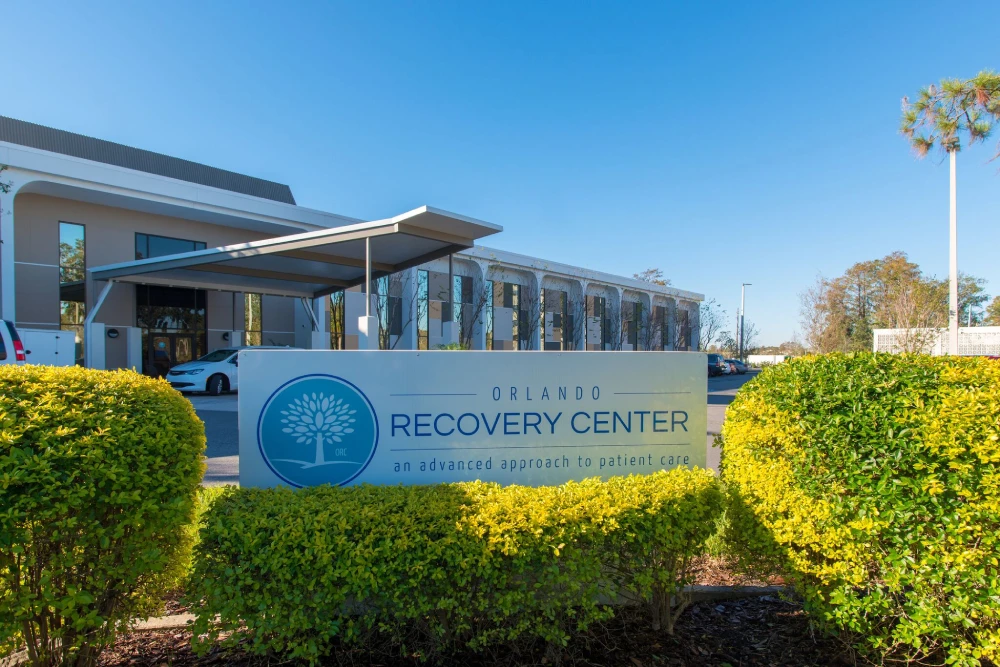Professional athletes seamlessly handle a variety of pressures. Some athletes believe that they are immune to the dangers ofdrugandalcoholabuse. These players carry the burden of constant training, competitions, injuries and the spotlight, so the pressures of everyday life might seem minor in comparison.
The truth is that countless athletes have succumbed to addiction. Many athletes have lost their lives or careers to this disease. Because of the unique nature of a career in sports, there is a link betweenathletes and addiction. Fortunately, there are also pathways to recovery.
The Connection Between Athletes and Substance Abuse
Athletes turn to alcohol and drugs for several reasons. Some might have a genetic predisposition to addiction while others have an existing substance use disorder. But many athletes begin abusing drugs and alcohol after they enter professional sports.
There are several reasons why athletes abuse substances:
- Enhanced performance:Professional sports are filled with pressure to outperform your peers and even your past performance. This can be a catalyst for the use of performance-enhancing drugs.
- Injuries:Some athletes use drugs to speed up the recovery process from an injury. Unfortunately, this can quickly lead to addiction.
- Depression:Mental health disorderssuch asdepressionare common among athletes, who might use addictive substances to self-medicate.
- Accessibility:The fame and money that comes with professional sports also make drugs more accessible. Even college athletes have access to drugs. Onestudyrevealed that the culture of sports increases the risk of addiction.
- History:An athlete’s personal or family history could increase his or her risk of developing a substance use disorder. Losses earlier in life or a family history of addiction, when combined with the stresses of professional sports, can lead to substance abuse.
Professional Athletes With a Substance Use Disorder
There is no shortage of professional athletes who have lost their lives to addiction, who are still battling the disease and who have addressed addiction by entering recovery.
The Substance Abuse and Mental Health Services Administration reports that the “arts, entertainment and recreation” industry ranks second in past-month rates of substance use disorder. This industry includes professional athletes.
Some of the professional athletes whose lives were claimed by substance misuse include:
- David Croudip, Football, Age 30,Cocaine
- Don Rogers, Football, Age 23, Cocaine
- Andy Irons, Surfing, Age 23,Prescription Drugs
- Derek Boogaard, Hockey, Age 28,Alcoholand Prescription Drugs
- Eugene Lipscomb, Football, Age 31,Heroin
While a substance use disorder has derailed some successful sports careers, many athletes have moved past their addictions and gone on to lead purposeful and prosperous lives.
Some of the notable athletes that have overcome addiction include:
- Darryl Strawberry, Baseball, Cocaine and Alcohol
- Andre Agassi, Tennis,Crystal Meth
- John Daly, Golf, Alcohol
- Michael Phelps, Swimming, Alcohol
- Ryan Leaf, Football, Alcohol and Prescription Drugs
Unfortunately, there are some current and former athletes who admit to continuing struggles with addiction. Among them are Johnny Manziel (alcohol), Mike Tyson (alcohol, cocaine andmarijuana) and Oscar De La Hoya (alcohol and cocaine).
When an athlete has issues with harmful or illegal substances, he or she may receive an opportunity to get treatment or league rules will soon push the athlete out of the sport that he or she cherishes.
Substance Abuse Policies in Professional Sports
Substance use in professional sports is a serious concern. Sports leagues address drug or alcohol abuse with some strict rules. In the United States, each of the four most popular leagues — the NFL, MLB, MBA, and NHL — screen their athletes for drug use at least once per year.
Performance-enhancing drugs (PEDs) are banned in every league, as are masking agents. Upon the first positive test, a player is suspended for a portion of the season’s schedule. At some point, several of the leagues will issue lifetime bans after multiple positive drug tests.
College Athletes and Addiction
While substance abuse is common among college students, the risk can be higher among a school’s athletes. When it comes tocollege athletes and addiction, there are tremendous pressures on these students to maintain grades for sports eligibility and performance on the court or field.
Forbes reported that a typical Division I college football player dedicates43.3 hours per weekjust to sports, which is a comparable number of hours to a full-time job.
Not only is alcohol and drug use a way to blow off steam for these students, it is also used to deal with depression and enhance performance. These factors put students at a higher risk for addiction.
Addiction Recovery Options for Athletes
Asking for help can be especially difficult for an athlete, who is often someone that has a competitive streak and views needing help as a weakness. But a shift in thinking is necessary since addiction is a serious health issue and not a matter of willpower. Realizing that addiction is a game that cannot be won can be the first real step in moving toward recovery.
At The Recovery Village, medical professionals offer customized programs that suit the needs and circumstances of each client. This process begins with an initial assessment followed by a treatment plan and careful monitoring. The facility provides medical detox, inpatient and outpatient care, and aftercare services.
With the right support, an athlete in recovery can return to the profession and expect that his or her performance and emotional well-being will see continuous improvement.Contact The Recovery Villagenow to learn more about your admissions options.














